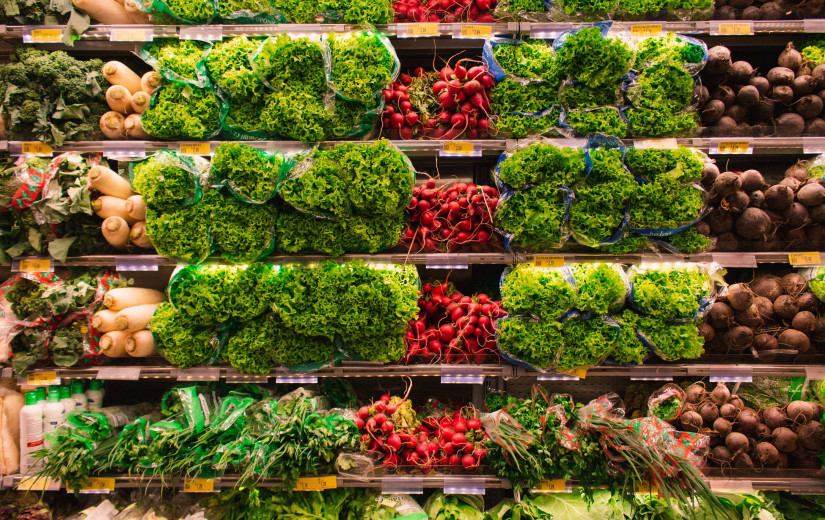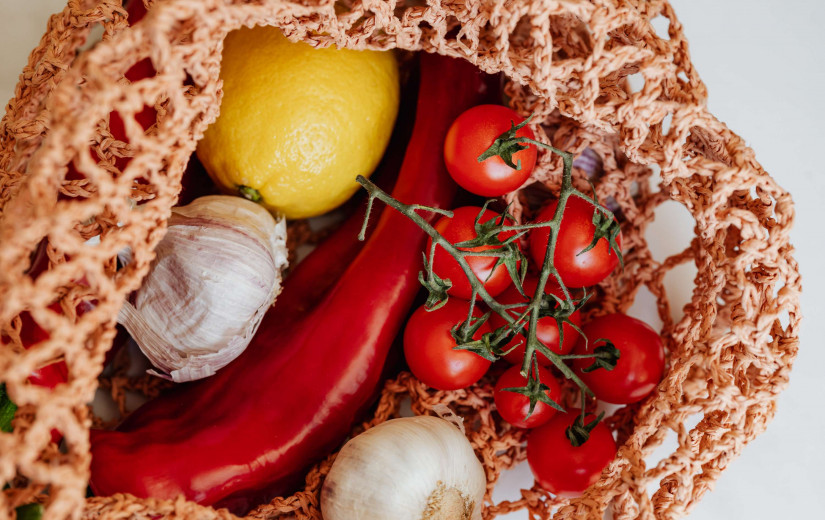Thinking of Going Vegan? Here Are the Best Ways to Adopt This Lifestyle
Roughly 3% of Americans identify as vegan. As this lifestyle grows in popularity, more and more people are deciding to take the plunge.
If you have made the decision to adopt this way of eating, you are going to want to ease yourself in slowly so that you set yourself up for success. Here are a few things to keep in mind as you go through this process of becoming a vegan.
Educate Yourself
Before you transition to a vegan diet, you need to educate yourself about what it means to practice this lifestyle. In short, following a vegan diet means that you do not consume any animal products. This means that vegans do not eat dairy, eggs, meat, and fish. This type of diet is far more restrictive than a traditional vegetarian lifestyle, making it important that you have a plan before making this change.
You will need to have a number of plant-based alternatives in mind before starting down this road. Because you are cutting out all meat, vegans need to find alternative foods that are high in protein. It is also important to find plant-based milks and dairy products that you like to replace the traditional food sources. Good plant-based milks include almond, cashew, soy, pea, oat, and coconut. However, you need to keep in mind that these plant-based milks are generally not as nutrient-dense as classic dairy milk.
Focus on Protein
The number one nutritional consideration when transitioning to a vegan diet is to pay attention to the amount of protein that you are getting on your plan. Focusing on eating a wide array of plant protein sources will ensure that you are taking in enough of these essential amino acids. Although most Americans do not have issues getting enough protein in a traditional diet, going vegan may severely slash this nutrient.
Good sources of protein for vegans include beans, dried peas, lentils, chickpeas, whole grains, and some types of vegetables. While you may need to count protein grams when you first make the transition to a vegan diet, it will soon become second nature to you to know that you are getting enough protein each day.
Ease Into the Lifestyle
Most people will experience the most success in this transition if they ease into it. For example, maybe you want to start by incorporating a few meatless days into your week before you jump into a vegan diet. After a few weeks, you can begin a flexitarian diet that allows some types of animal products on occasion. By transitioning to veganism gradually, your body will find it easier to adapt.
Variety, Variety, Variety
You will also be more successful in your endeavors if you are intentional about eating a diverse range of foods. New vegans are less likely to become bored with the diet if they are always trying unique and exciting foods. A wide variety of foods will also optimize your overall health goals.
When looking to add variety, focus on adding color to your diet. Eating a bevy of colorful foods will naturally boost the balance of nutrients and polyphenols needed for good health and proper immune system function.
Lean on Supplements
While you want your diet to provide the bulk of your body's nutritional needs, the right balance of supplements can go a long way in providing an extra layer of insurance for when your food choices fall short. Most vegans find success in consuming supplements that focus on the shortfalls of a full vegan diet. For instance, since vitamin B12 is only found in animals, vegans should either take a supplement with this nutrient or eat plant-based food with the proper fortification. Vitamin D and zinc are also a few key nutrients that you may want to supplement with since they are not largely available in plant-based diets.
Do Not Equate Veganism with Health
It is important to remember that just because a food is vegan, it does not mean that it is healthy. There are a lot of foods that are vegan compliant that are not good for you. Learn to recognize the difference between healthy and unhealthy foods so that you can make the most out of this lifestyle choice. Variety and balance is the key to any healthy diet plan.

















